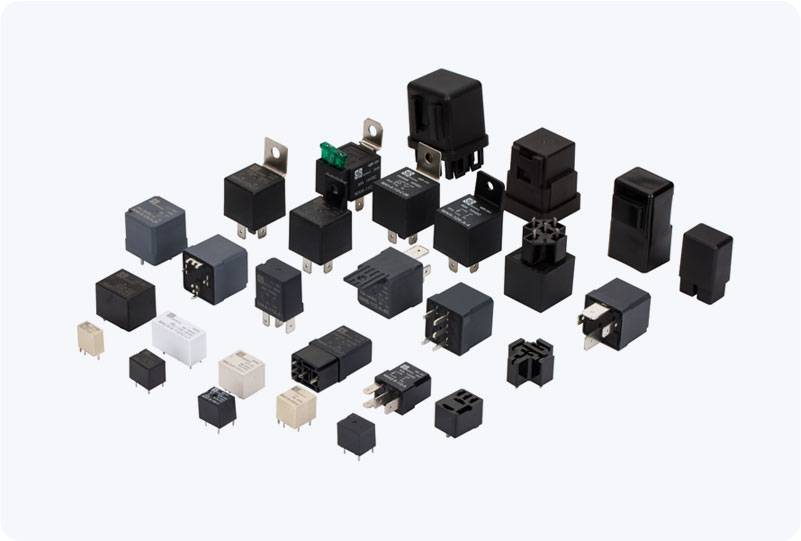A power relay is an essential device in modern electrical and electronic systems, allowing for the controlled switching of high-power circuits by low-power control signals. It acts as an intermediary between the control circuit and the power circuit, ensuring that devices or systems can operate safely and efficiently without overloading sensitive components. This article will delve into the fundamental principles of power relays, their types, functions, and applications, providing insight into their importance across various industries.

What is a Power Relay? A power relay is an electrical switch used to control the flow of electricity in a circuit. It consists of an electromagnet, a set of contacts, and a spring mechanism. When an electric current is passed through the electromagnet, it generates a magnetic field that attracts or repels the contacts, thereby opening or closing the circuit. Power relays are typically designed to handle higher currents and voltages, making them ideal for switching heavy loads, such as motors, lighting, or industrial equipment. The Functionality of Power Relays The primary function of a power relay is to provide a means of switching circuits without direct human intervention. When the relay is activated by a low-power control signal (such as from a microcontroller, switch, or automated system), it engages or disengages the power circuit. This process helps to isolate sensitive control circuits from the high-power systems, preventing potential damage due to electrical surges or shorts.